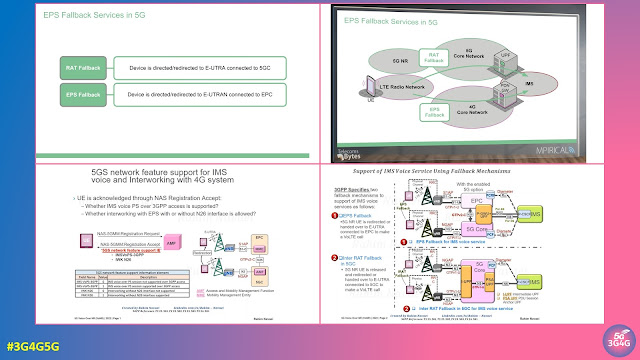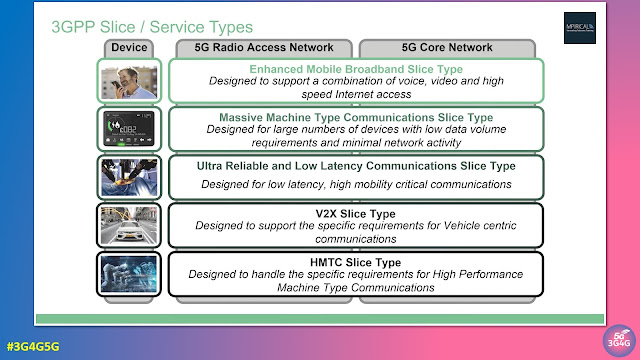When people talk about mobile networks, the conversation almost always starts with the air interface. Spectrum, waveforms, MIMO, antennas and radios dominate conference agendas, white papers and training courses. After that comes the RAN, then the core, and occasionally backhaul is given a brief mention. What sits quietly in the middle of all this, often taken for granted, is the transport network. Yet without a well designed transport layer, even the most advanced radio and core architecture struggles to deliver on its promises.
Transport networks are the connective tissue of mobile communications. They carry traffic between radio sites, aggregation layers, edge and regional data centres, and the core network. As highlighted in the accompanying Mpirical video, transport is not a single homogeneous network but an end to end topology made up of multiple architectural domains, each with different performance, scale and resilience requirements.
At the core of the network, transport is typically built using highly resilient designs such as full mesh or spine and leaf architectures. These environments are already operating at hundreds of gigabits per second per link, with clear evolution paths towards terabit scale throughput. This part of the network rarely gets attention from mobile engineers, yet it underpins everything that follows. If the core transport layer cannot scale, the rest of the mobile network inevitably hits a ceiling.
Moving closer to the cell site, the transport network transitions into metro and aggregation domains. Here, spine and leaf or ring based topologies are commonly used, supporting large numbers of high capacity connections while also providing access to edge and regional data centres. This is where transport starts to intersect directly with mobile architecture decisions. The placement of edge computing platforms, local breakout, and centralised RAN functions all depend on the capabilities of this aggregation layer.
Closer still to the access network, transport designs often shift again. Ring, star or chain topologies are frequently used to connect clusters of cell sites, with capacities that reflect both traffic demand and economic constraints. Although fibre is the dominant medium, especially for 5G, it is rarely the only one. Microwave, integrated access and backhaul, and even non terrestrial technologies play an increasingly important role in extending coverage and improving resilience where fibre is impractical or unavailable.
The importance of transport becomes even clearer when viewed through the lens of disaggregated RAN and cloud based architectures. With gNodeB functions split into remote radio units, distributed units and centralised units, transport is no longer just backhaul. It becomes fronthaul and midhaul as well, each with distinct latency, synchronisation and bandwidth requirements. Centralised units may sit deep in the network, served by high capacity backhaul, while distributed units are connected via midhaul rings and radios are attached using star or ring topologies at the very edge.
This architectural shift exposes a common blind spot. Many performance issues blamed on the RAN are in fact rooted in transport limitations. Synchronisation accuracy, latency variation and resilience all depend heavily on transport design and operation. Packet based transport, while flexible and cost effective, places strict demands on timing and quality that cannot be treated as an afterthought.
As networks move towards 5G standalone, private networks and early 6G concepts, transport will become even more tightly coupled with service delivery. Network slicing, deterministic performance and edge driven applications all rely on a transport layer that can offer predictable behaviour rather than best effort connectivity. This pushes transport out of the shadows and into the critical path of mobile network design.
The 5G Transport Network Topology video as follows:
For mobile engineers, the message is clear. Understanding the air interface will always be essential, but it is no longer enough. Transport networks shape where functions can be placed, how services perform, and how networks scale over time. The video embedded alongside this post provides a useful visual reminder that mobile networks are not just radios and cores connected by invisible links. Transport is a network in its own right, and it deserves far more attention than it usually gets.
Related Posts:
- The 3G4G Blog - IET Lecture by Prof. Andy Sutton: Point to Point Microwave Radio Systems
- Free 6G Training: The Future Role of Transport Networks in 6G
- Free 6G Training: The Role of the All-Photonics Network (APN) in IOWN and Future 6G
- Connectivity Technology Blog: An Introduction to Different Types of Backhaul
- The 3G4G Blog - CWHeritage Talk: The History of Synchronization in Digital Cellular Networks























